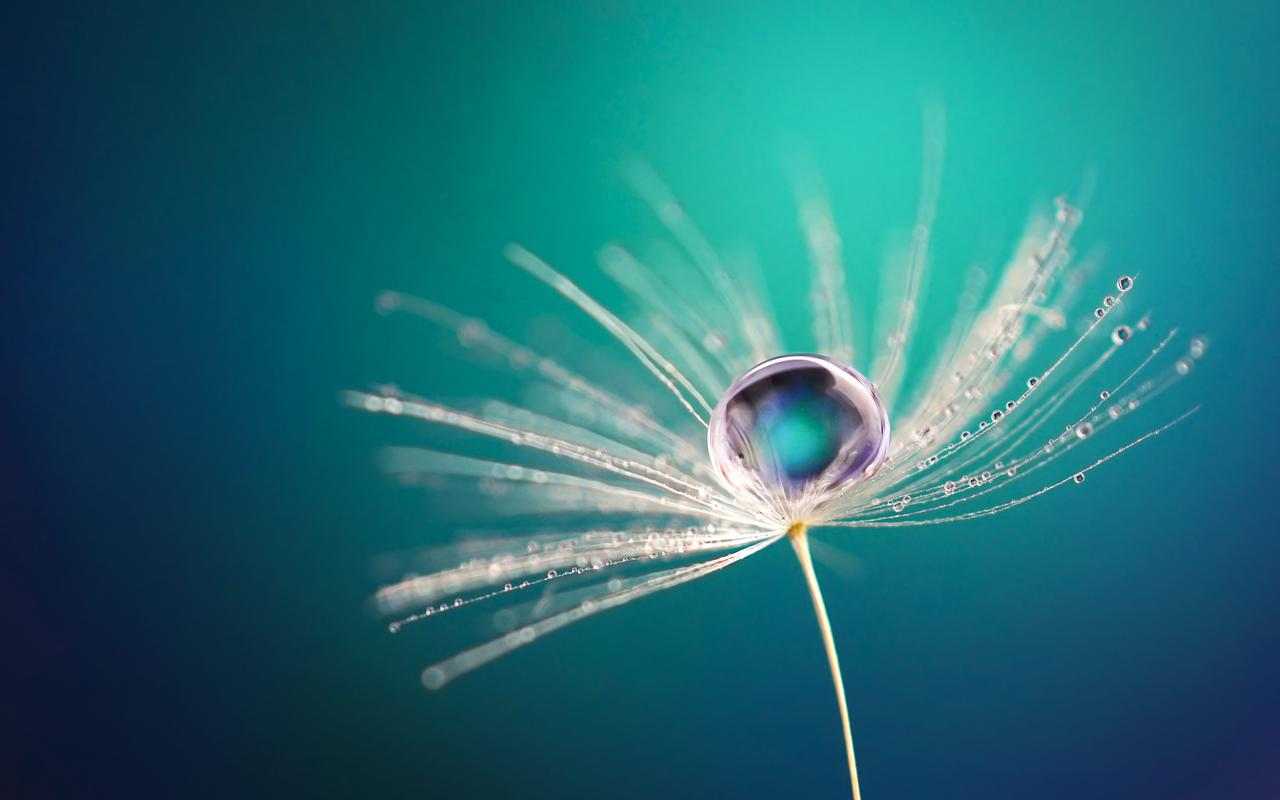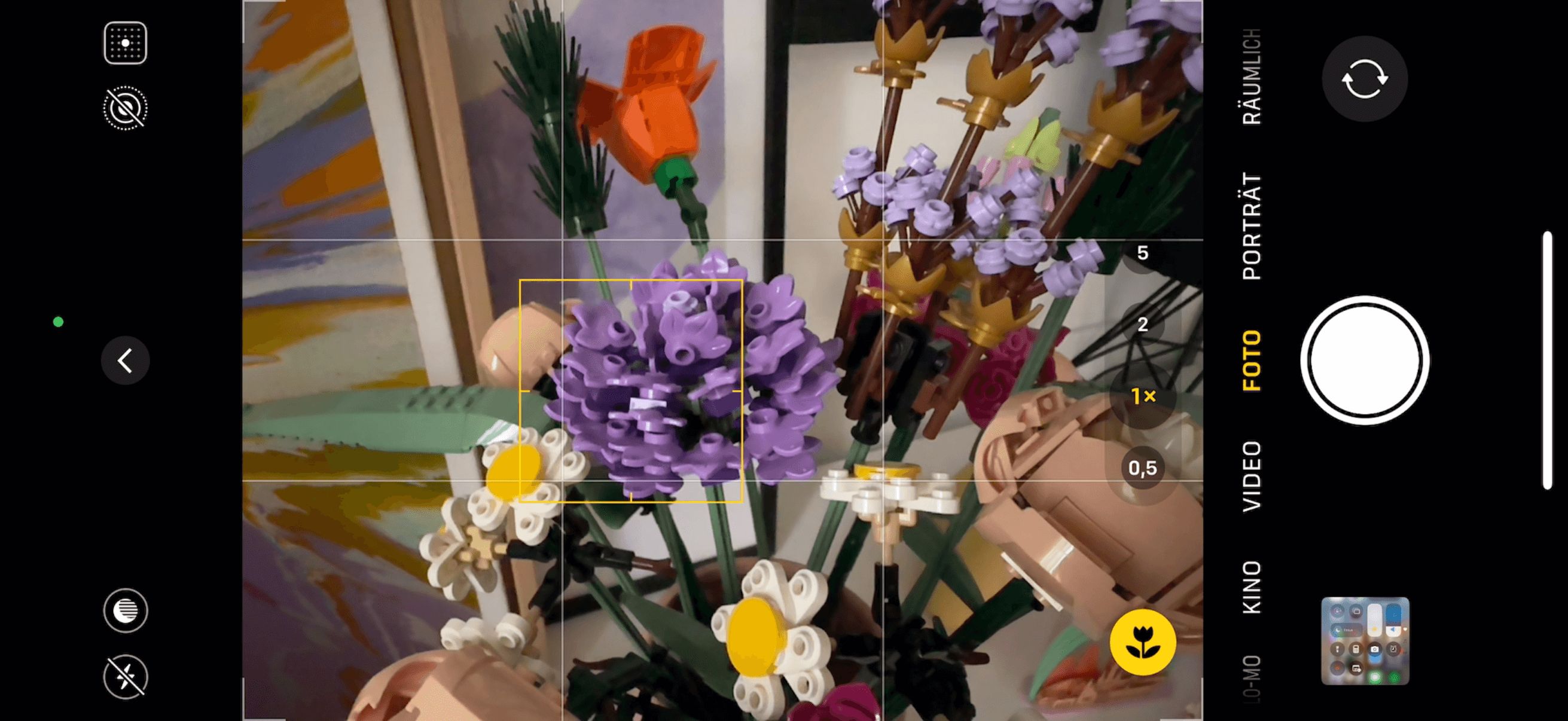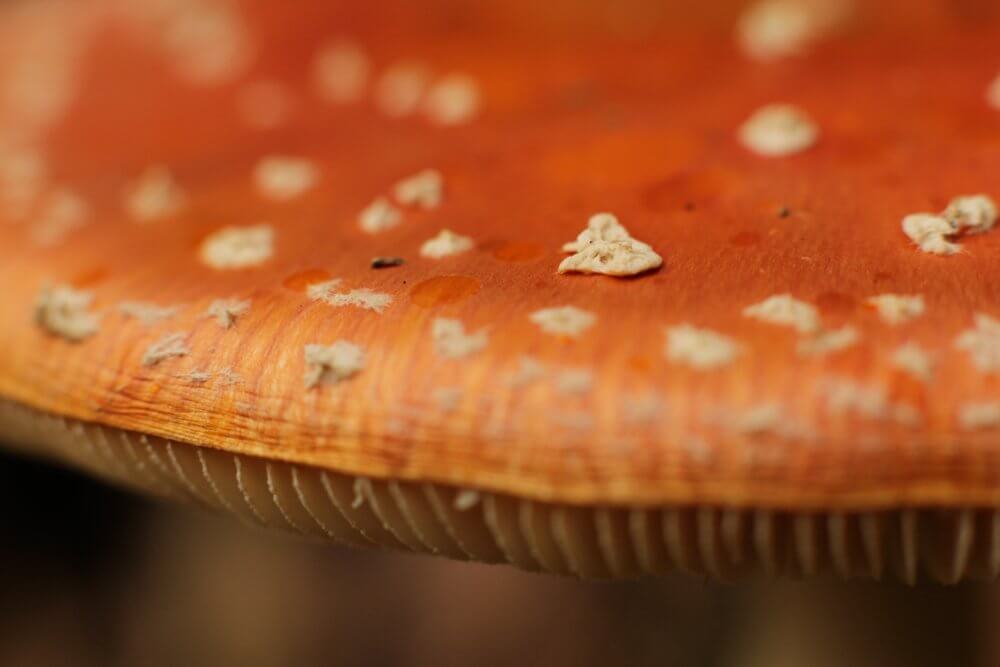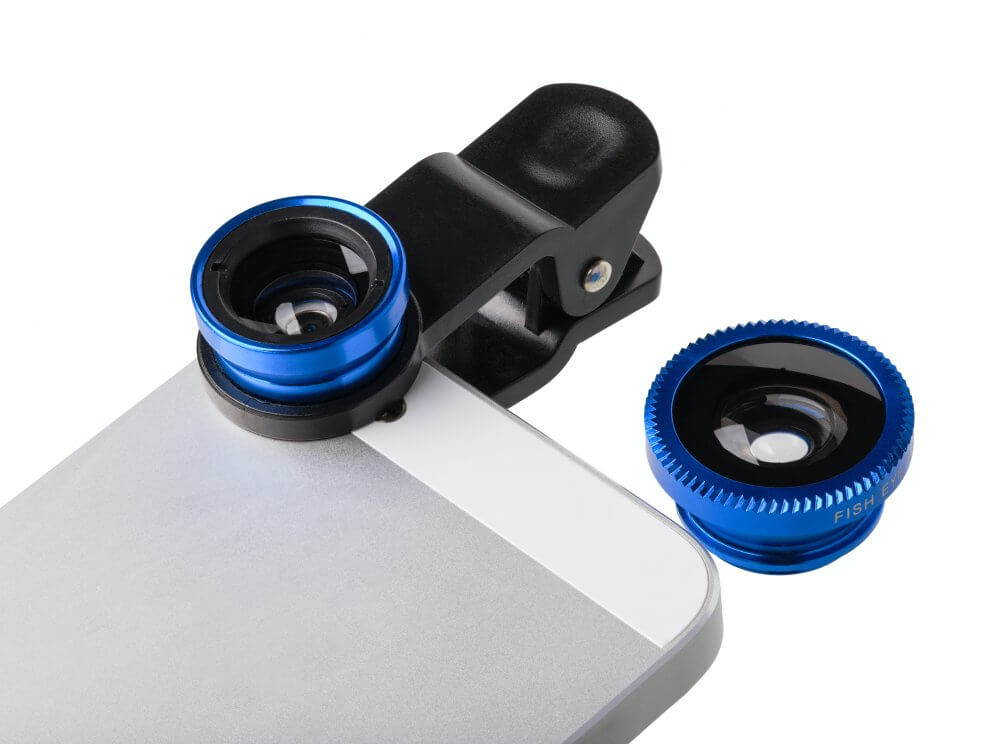
Macro photography with a smartphone
In many areas of photography, especially in everyday life and in different situations the normal camera has now been replaced by a smartphone. High-quality SLR cameras continue to offer great quality photos, especially for more artistic or creative purposes. A smartphone reaches its limits when it comes to macro photography and when you are taking close-up photos of animals, flowers and other small objects. Fortunately, there are some tips and gadgets, which can help you solve this problem. These tips and gadgets will help you take macro photos using your smartphone’s camera.
How to take great macro photos with a smartphone: general tips
Distance from the object
Macro photos refer to close-up photos. When taking a photo with a smartphone, you will have to get very close to the subject. Try about 2 to 7 cm and focus on your subject or the area you want to be in focus. As smartphones have different close-up limits, you may need to go closer or further away.
Focus/Exposure Lock
This feature is important in macro photography so that you do not lose focus when making further adjustments. If the AE/AF lock option is activated, the focus and exposure will remain the same.
When using a smartphone all you have to do is touch the screen with your finger at the point you want to focus on until the photo cross pulsates or a small lock symbol appears. Once you remove your finger from the display the AE/AF lock will be activated.
Info: AE stands for “Automatic Exposure” (i.e. the lighting) and AF for “Autofocus”.

Using depth of field
The proximity to the subject creates a shallow depth of field in macro photography. The background and front areas that are not in focus will become blurry. However, you cannot regulate the depth of field with an optimal combination of aperture, focal length and distance to the subject with a smartphone as you can with an SLR camera.
The smartphone can determine the distance to the subject. The closer you get, the shallower the depth of field. Take advantage of this effect when the focused object stands out more clearly against an out-of-focus background as it will create an impressive image effect.

Getting a wobble free shooting position
Especially in macro photography, the slightest movement during the shutter release process leads to blurring. A firm base to stabilise the hands or to place the smartphone can prevent the camera from shaking.
There are also special tripods for smartphones that can be easily set up or attached to any object.
Light
It is important to remember when taking macro photos that they do not obscure the light source when approaching the subject. Make sure that as much light as possible shines on the subject.
Tip
Macro shots offer a unique perspective on the world, making them truly captivating. If you have taken an impressive macro photo with your smartphone, you should definitely showcase it. These images of the "small world" look particularly stunning when displayed on a photo canvas, for instance.
Create your wall decorationsMacro photography accessories: macro lenses for smartphones
The macro lens ensures that the image scale, i.e. the ratio between the actual size of the object and the size of the image on the photo sensor is as large as possible. To achieve this, the distance between the lens and the sensor is increased. This principle applies both to macro lenses for large cameras and to macro lenses for smartphones.
There are special macro lenses for smartphones that are attached to the phone's camera with a clip, magnet, rubber band or a self-adhesive metal ring. These macro or close-up lenses for smartphones are much smaller and cheaper than, for example, the models for SLR cameras. Depending on the quality of the lenses, there are lens sets (for example, in combination with fisheye lenses) already available from around CHF 20-30. Not all lenses are suitable for all smartphone models, so make sure to check the compatibility of the clip with your smartphone before buying.

The lens is attached to the smartphone and aligned so that no edges are visible in the picture. When using such macro lenses make sure that you get very close to the object before taking a photo. They are particularly suitable for rather slow or stationary objects.
Made-up macro photography accessories: DIY macro lenses
If you don't want to invest in any special smartphone lenses, there are a few tips on how to build an alternative lens from old disused lenses.
Upcycling-lenses
To make your own macro lens, you will need a lens that can be used to create a magnifying effect. To do this, you need to remove a lens from an old CD player or DVD drive, a laser pointer or an old disposable camera. You attach the lens to the smartphone camera. You will need a hair clip and an adhesive strip for this. You can also remove the macro lens from a wide-angle lens for a reflex camera and attach it to the smartphone with a clip.
Creating a drop of water effect
Have you dropped some water on your smartphone by accident? If it is only a single drop, the device should not be damaged. You can use an eyedropper to carefully place exactly one drop of water on the camera lens. The drop of water works like a lens and therefore creates a magnifying effect. Due to the surface tension the drop will remain on the object and you are ready to get started.
